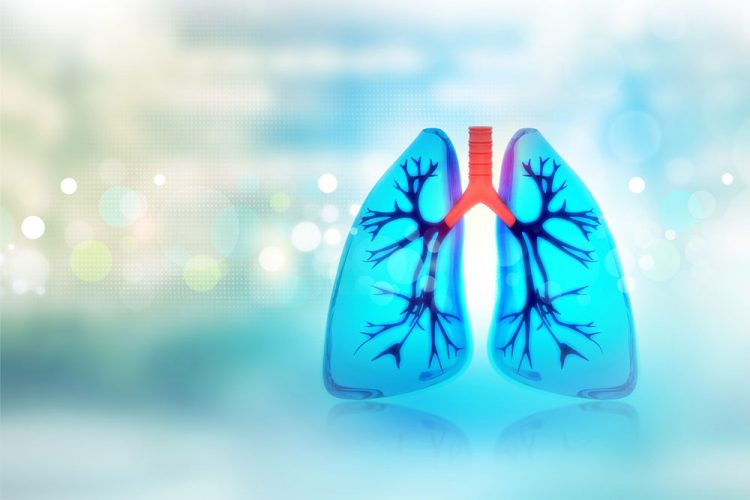Oral sirolimus alters the course of DIPNECH syndrome
Posted: 10 April 2018 | Dr Zara Kassam (European Pharmaceutical Review) | No comments yet
Sirolimus, which is used to prevent rejection after kidney transplants has been used to treat idiopathic pulmonary neuroendocrine cell hyperplasia…


Sirolimus, which is used to prevent rejection after kidney transplants, has been used to successfully treat three cases of a rare disorder called diffuse idiopathic pulmonary neuroendocrine cell hyperplasia, or DIPNECH syndrome.
The syndrome is so rare that there are no clinical recommendations to guide care and, therefore, no proven therapies.
DIPNECH syndrome is a precancerous condition that causes proliferation of neuroendocrine cells in the bronchial wall and the formation of tumours. A team of researchers from the University of Tours, France, saw three women with DIPNECH syndrome, all of whom were experiencing shortness of breath. The patients’ symptoms were treated with bronchodilators and inhaled corticosteroids. Pulmonary function deteriorated in all three patients, while the volume of the carcinoid tumours increased.
The team began treating the patients with oral sirolimus (2 mg/day) while continuing the other treatments. However, this dose was lowered to 1 to 1.5 mg/day because the patients could not tolerate the side effects of the original dose. At the lower dose, side effects resolved. After 1 year of treatment, pulmonary function improved in three patients and CT scans showed a reduction in both nodule volume and air trapping in two patients and progression in the third.
According to the researchers, these findings show that sirolimus could be a viable treatment for patients with this rare syndrome.
To date, no other treatment has been shown to alter the course of DIPNECH syndrome. However, the researchers caution other clinicians with similar patients that further data on the safety and efficacy of drugs in the same class is required before they can be recommended for patients with this rare condition.
The briefcase report is published in Annals of Internal Medicine.









